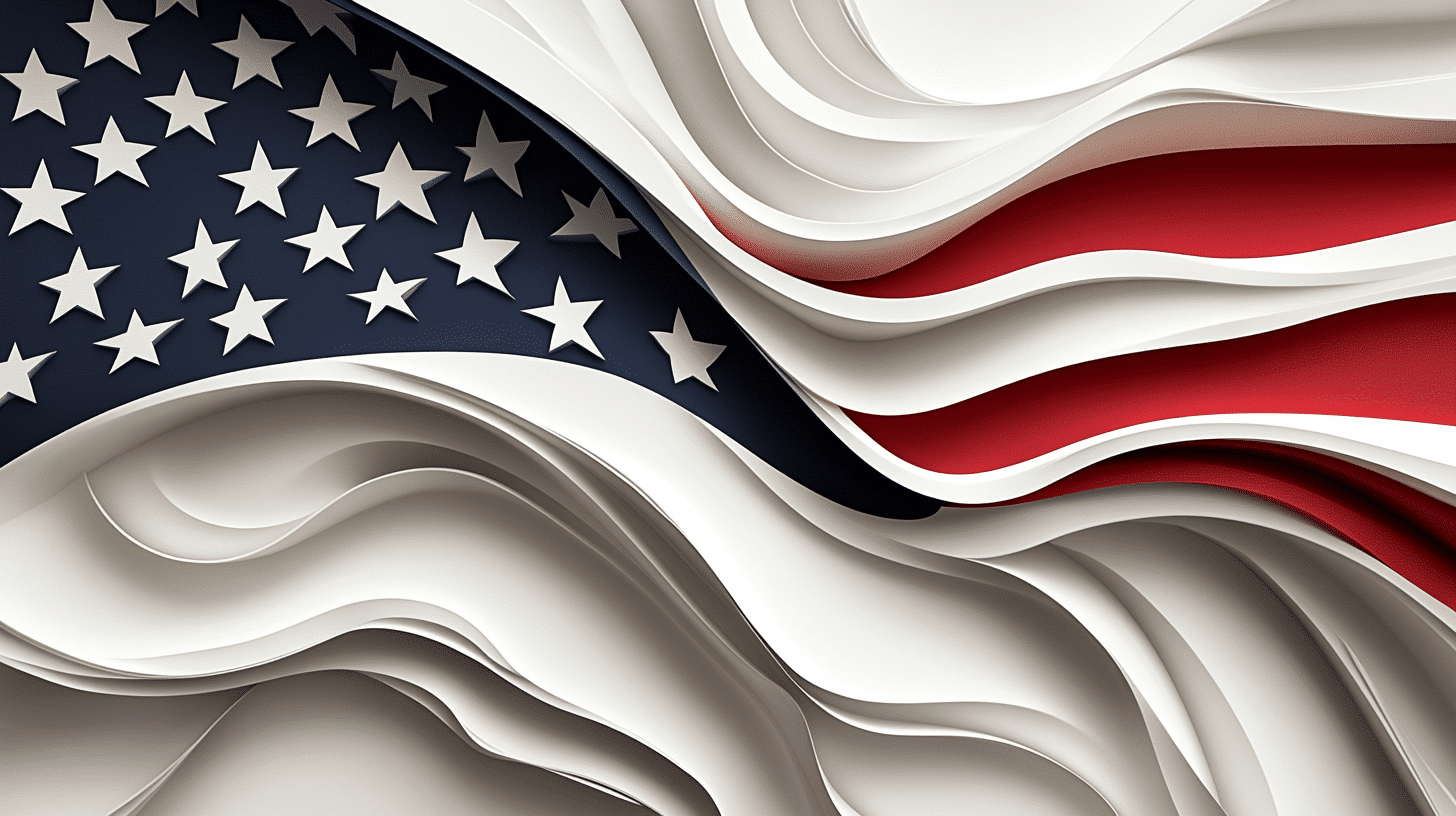What is National POW/MIA Recognition Day?
National POW/MIA Recognition Day is observed annually on the third Friday of September in the United States. This day honors and recognizes the sacrifices made by Prisoners of War (POW) and those Missing in Action (MIA) during America’s wars and conflicts. The day is dedicated to raising awareness about these individuals who have not returned home and acknowledging the ongoing efforts to locate and bring them back. It is also a time to honor the families of those who are still waiting for answers about their loved ones.
On this day, special ceremonies and events are held across the country, most notably at the Pentagon, where a formal ceremony takes place. The POW/MIA flag, featuring a black-and-white design with the motto “You Are Not Forgotten,” is prominently displayed on this day as a symbol of remembrance.
History and Origin
National POW/MIA Recognition Day was established in 1979 by an act of Congress to honor the service members who were prisoners of war and those who are still unaccounted for. The day was created to ensure that the nation never forgets the sacrifices made by these brave men and women and their families. The National League of POW/MIA Families played a key role in pushing for this official recognition, as they sought to keep the memory of their loved ones alive and to highlight the ongoing search for those still missing.
The date was initially marked on July 18, 1979, but later moved to the third Friday of September to create a more consistent observance.
Who Celebrates National POW/MIA Recognition Day?
- Veterans and Military Families: Veterans and the families of POWs and MIAs participate in ceremonies and remembrance events, honoring those who were captured or never returned home.
- Military Organizations: The Department of Defense, veterans’ groups, and other military organizations hold official observances, including the annual Pentagon ceremony.
- Civic and Community Groups: Many communities across the U.S. host their own POW/MIA events to raise awareness and show support for those still unaccounted for and their families.
- Public Officials and Government Representatives: Leaders at both the local and national levels often participate in these ceremonies, paying tribute to the sacrifices made by POWs and MIAs.
- Schools and Educational Institutions: Some schools incorporate POW/MIA Recognition Day into their history or social studies curriculum, educating students about the significance of the day and the history of American military conflicts.
Slogans and Themes
The main theme of National POW/MIA Recognition Day is remembrance. Slogans such as “You Are Not Forgotten” and “Until They Are Home” capture the ongoing effort to locate and return American service members who are missing in action. These slogans reflect the nation’s commitment to ensuring that POWs and MIAs are never forgotten and that their families receive closure.
The day focuses on honor, sacrifice, and the enduring hope that those still missing will one day return home.
Colors, Symbols, and Patterns
- Colors:
- Black and White: The POW/MIA flag uses black and white to represent mourning and remembrance, symbolizing the sorrow for those who have not yet returned and the hope that their fate will be resolved.
- Red, White, and Blue: Often incorporated into observances to represent the American flag and the nation’s commitment to bringing all service members home.
- Symbols:
- POW/MIA Flag: The central symbol of the day, featuring the silhouette of a service member, a guard tower, and a barbed-wire fence, symbolizing the captivity of POWs and the hope for their return.
- Table of Honor: A symbolic table often set at events, with an empty chair to represent the service members who are missing or held as prisoners. Each element of the table has significance, such as a lemon slice for the bitterness of their fate.
- Eternal Flame: In some observances, an eternal flame is lit to symbolize the enduring commitment to finding POWs and MIAs.
- Patterns:
- Barbed Wire: Often used as a pattern to represent captivity, hardship, and the imprisonment of American soldiers.
- Stars and Stripes: Represents the unity and commitment of the American people to bringing their missing service members home.
Most Used Hashtags
- #POWMIARecognitionDay
- #YouAreNotForgotten
- #UntilTheyAreHome
- #POWMIA
- #NeverForget
How to Celebrate
- Attend a Local Ceremony: Many cities and towns hold ceremonies at memorials, veterans’ organizations, or military bases. Attending one of these events is a meaningful way to pay respect to POWs, MIAs, and their families.
- Fly the POW/MIA Flag: On this day, many people and organizations fly the POW/MIA flag to honor those who are missing and their families. The flag is flown at federal buildings, military installations, and many private homes.
- Observe a Moment of Silence: A moment of silence can be observed at home, at work, or in school to remember the service members who are still missing.
- Educate Others: Spread awareness by sharing stories or information about POW/MIA Recognition Day, either in person or on social media. Use the day as an opportunity to educate friends and family about the significance of the day.
- Support POW/MIA Organizations: Donate or volunteer with organizations such as the National League of POW/MIA Families, which works tirelessly to recover and account for the missing.
Importance of National POW/MIA Recognition Day
National POW/MIA Recognition Day is important because it honors the bravery and sacrifice of American service members who were captured or went missing in action, ensuring that they are never forgotten. It also highlights the commitment of the U.S. government, military, and civilian organizations to locating and identifying missing personnel, providing closure to families who have waited decades for answers.
The day also serves as a powerful reminder of the cost of freedom and the sacrifices made by military families. It unites the nation in remembering and honoring those who have endured unimaginable hardships while serving their country.
